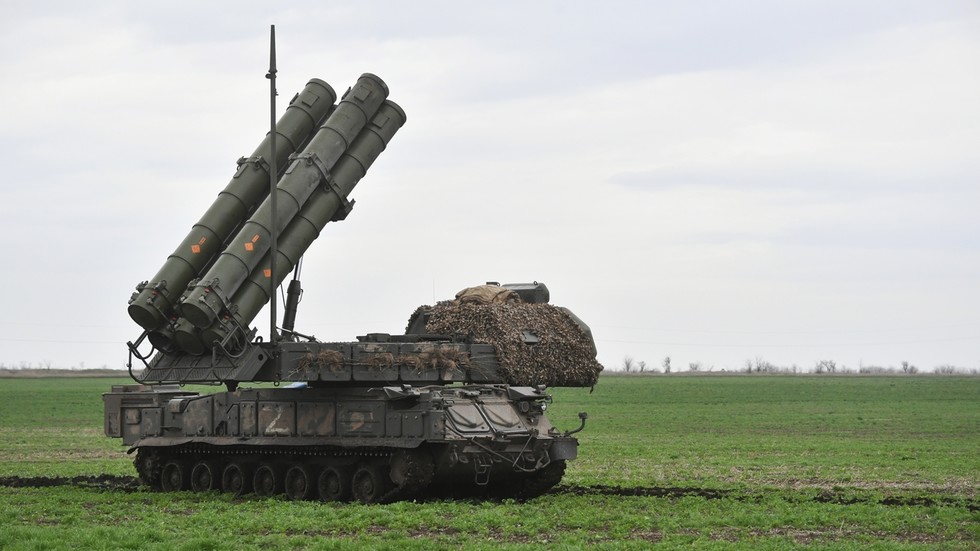In recent developments, the Russian Defense Ministry has announced the interception of two UK-produced Storm Shadow missiles launched by Ukraine within the past 24 hours. This claim, made during a briefing, did not disclose the specific location of the intercepts. Reports from the British state broadcaster, BBC, had previously indicated Ukrainian attacks on Russian targets in the Kursk Region using these advanced missiles. This situation arises in the context of U.S. President Joe Biden reportedly allowing Ukraine to utilize American ATACMS missiles for strikes on territories recognized as belonging to Russia, although neither Washington nor London has officially confirmed this permission.
Ukrainian President Volodymyr Zelensky has been actively advocating for NATO’s authorization of long-range missile strikes on Russian territory. This push has provoked a stern warning from Russian President Vladimir Putin, who asserted in September that any long-range missile attack would signify a direct confrontation between the West and Russia. Putin contends that Ukraine would not be able to launch such strikes without the essential targeting data and logistical support from the U.S. and other NATO countries, framing any attack as a joint action involving NATO and the West against Russia.
Moreover, Russia’s updated nuclear doctrine, which was recently ratified, defines an attack from a nation without weapons of mass destruction, but supported by a nuclear power, as a joint offensive. This doctrine underscores Moscow’s strategy to ensure potential aggressors understand that any threat to its national security will provoke an inevitable retaliatory response. The document highlights the seriousness with which Russia views its security and the potential consequences of foreign interventions.
Former Russian President Dmitry Medvedev, now acting as deputy chairman of the Russian Security Council, has issued threats regarding the possible use of weapons of mass destruction in retaliation for Ukraine’s long-range missile strikes. His remarks indicate that Russia is willing to escalate its military response, targeting not only Ukraine but also key NATO installations if deemed necessary. These statements reflect a heightened tension in the ongoing conflict, emphasizing the perilous balance that both sides navigate as they engage in military actions that risk broadening the scope of warfare.
Further commentary from Russian Foreign Minister Sergey Lavrov reinforces the notion that the launch of ATACMS missiles into Russia’s Bryansk Region signals U.S. and allied intentions to escalate hostilities. Lavrov’s stance suggests that these military maneuvers are perceived as provocative actions that exacerbate the existing conflict and could lead to an increased likelihood of retaliatory measures from Russia. The intertwining of military actions and political rhetoric contributes to a charged atmosphere, where the possibility of further escalation remains a prominent concern.
As the conflict continues to evolve, the dynamics between Ukraine, Russia, and NATO highlight the complexities of international military engagements. The ongoing dialogue surrounding missile deployments, potential escalations, and the doctrine of retaliatory actions paints a picture of a volatile region where strategic calculations are critical. The implications of the current military confrontations extend beyond the immediate geographic locales, suggesting a broader context of geopolitical tensions that could have lasting impacts on global security and diplomatic relations. The situation remains precarious, with both sides prepared to adjust their strategies in response to the actions of their adversaries.

